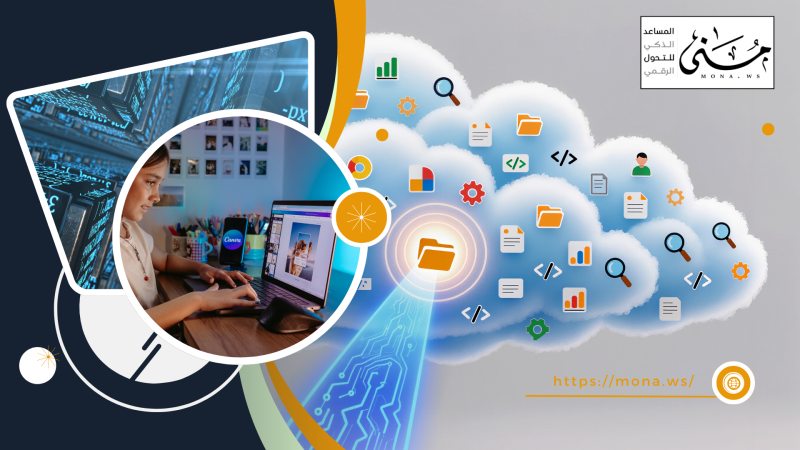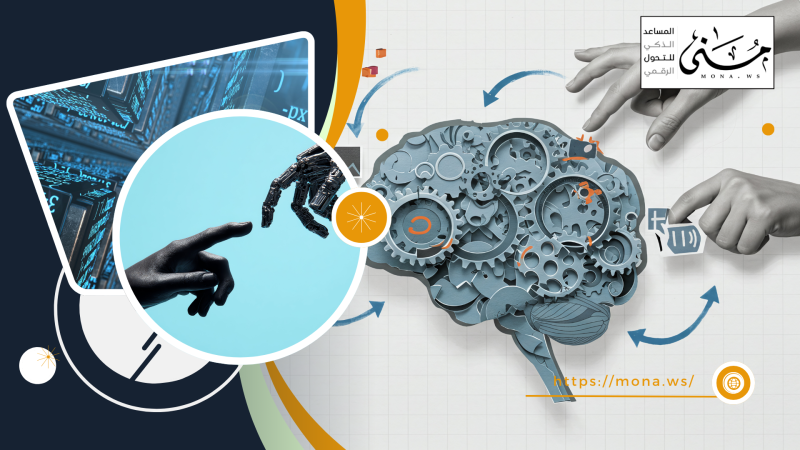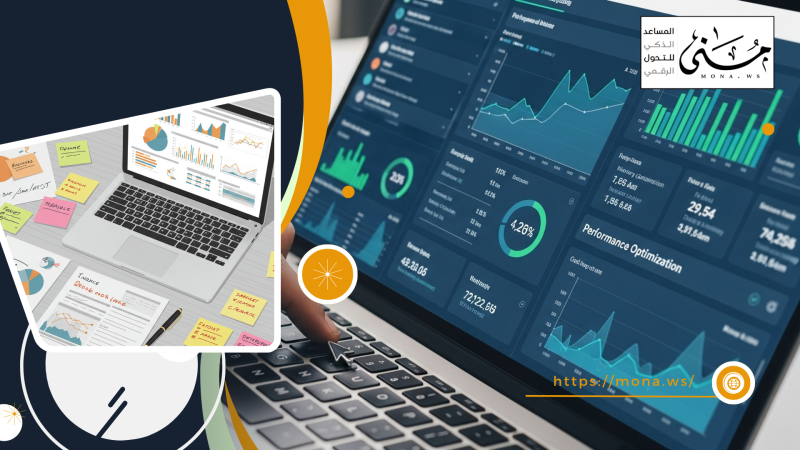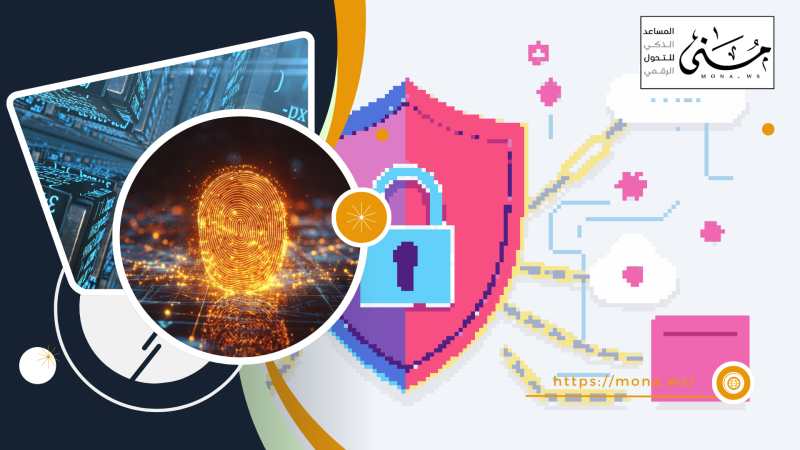In a business environment full of surprises — where a market fluctuation or a minor technical glitch can bring production to a halt — the question is no longer “Will you face risks?” but rather “Are you ready for them?”
Enterprise Risk Management (ERM) is no longer a luxury or an administrative formality — it has become a strategic necessity for any organization seeking continuity and confident growth.
Whether you're running a startup or managing an established institution, building a risk management system from scratch is the first step toward protecting your resources, improving your decision-making, and preparing for the unexpected. In this article, we’ll take you on a practical journey — starting with identifying and classifying risks, building a professional risk register, and analyzing potential impacts, all the way to using advanced systems like DocSuite ERM to map risks and link them with rapid response plans.
Are you ready to build an intelligent shield for your organization? Let’s begin.
Identifying and Classifying Risks: The First Step Toward Organizational Awareness
The foundation of an effective risk management system is a full understanding of the potential risks your organization faces. You can’t manage what you haven’t identified. This stage involves a systematic process to detect all types of threats — internal and external, direct and indirect, expected or surprising.
How do we identify risks?
You can rely on several tools and techniques, including:
-
Workshops and brainstorming sessions with different teams and departments
-
SWOT analysis to identify weaknesses and external threats
-
Reviewing past records of incidents or operational failures
-
Internal audit and review reports
-
Analysis of supply chain, partners, and vendors
Classifying Risks: Making Response and Planning Easier
Once you compile a preliminary list of risks, classification becomes essential for allocating effort and resources effectively. Common risk categories include:
| Risk Type | Description |
|---|---|
| Strategic Risks | Related to long-term direction like business model changes or market entry |
| Operational Risks | Stemming from day-to-day activities like human error or system breakdowns |
| Financial Risks | Including currency volatility, payment delays, rising operational costs |
| Compliance & Legal Risks | Resulting from non-compliance with laws or regulations |
| Technological Risks | Including cyberattacks, data leaks, or system failures |
| Environmental & Social Risks | Such as natural disasters or social crises |
Pro Tip: Use DocSuite ERM to automatically document and classify risks through user-friendly interfaces that allow teams to input and track data by risk type and functional area.
Building a Professional Risk Register: From Chaos to Structure
Once risks are identified and classified, the next essential step is building a professional risk register — the backbone of enterprise risk management.
A risk register is a dynamic document — digital or paper-based — that serves as a centralized database of potential threats. It is used to analyze, track, and update risk data consistently.
What should an ideal risk register contain?
| Component | Description |
|---|---|
| Risk Name | A clear, concise label for the risk |
| Risk Description | Detailed explanation of the risk and possible scenario |
| Classification | Type of risk (strategic, operational, financial, etc.) |
| Responsible Party | The team or department responsible for monitoring and managing it |
| Likelihood Assessment | How likely the risk is to occur (High, Medium, Low) |
| Impact Assessment | The potential severity of the risk |
| Risk Rating | Result of combining likelihood × impact (High/Moderate/Low Risk) |
| Current Measures | What is currently being done to manage the risk |
| Planned Response | Corrective or preventive steps to be taken |
| Early Warning Indicators | Signs that signal the risk may materialize |
| Review Date | When the risk was last evaluated or updated |
Digital Tools for Risk Tracking
Using spreadsheets or disconnected documents is no longer sufficient, especially in organizations handling large volumes of data and complex risks. This is where DocSuite ERM shines, offering:
-
An intuitive interface for risk input and tracking
-
Automatic linking of risks to corrective actions
-
Built-in alerts for review dates or shifting warning indicators
-
Real-time visual analytics for risk severity and impact
-
Tiered access permissions to ensure data security
Practical Example:
-
Risk: Failure of the main HR system
-
Likelihood: Medium
-
Impact: High
-
Risk Rating: High
-
Responsible Department: IT
-
Corrective Action: Create a backup server and update backup protocols
-
Review Date: June 15, 2025
Risk Evaluation: From Analysis to Action
Once your risk register is established and categorized, the next step is evaluating which risks are the most critical and require immediate action. This phase involves analyzing both likelihood and impact, and results in a clear risk heat map to prioritize the organization’s responses.
Likelihood
This refers to how likely the risk is to occur within a specific timeframe. It’s often assessed as Low, Medium, or High.
Example: The risk of a cyberattack on a financial institution may be “High likelihood” due to its frequent targeting.
Evaluation is based on historical data, industry trends, and external sources.
Impact
This indicates how damaging the risk would be if it occurs. Would it affect operations? Cause financial loss? Harm the company’s reputation?
Impact is also rated Low, Medium, or High, and should be defined according to the nature of your organization.
Example: One hour of downtime in an e-commerce platform = High impact; the same in an educational institution = Medium impact.
Risk Rating
Combining likelihood and impact gives you the risk’s severity.
Example: A risk with “Medium likelihood” and “High impact” is a major risk that should be monitored closely.
It’s common to visualize this in a 2D matrix with color codes (Red = High, Yellow = Medium, Green = Low).
Risk Heat Map
A visual tool showing the organization’s risk status in real-time. Each risk is plotted in the matrix according to its rating, helping managers see critical threats at a glance and allocate resources accordingly.
These maps are automatically updated in smart systems, making them an essential tool for monitoring and continuous improvement teams.
How DocSuite ERM Supports Smart Analysis
DocSuite ERM offers a powerful dashboard for auto-evaluating risks based on your organization’s own metrics. With one click, the system:
-
Analyzes data
-
Generates an interactive heat map
-
Categorizes risks by severity
-
Tracks historical changes in risk ratings
-
Sends alerts when risk levels increase
This empowers teams to act proactively before it’s too late.
Linking Risks to Corrective Actions and Contingency Plans
Risk assessment is not enough if not followed by actual action plans. The true value lies in linking each analyzed risk with a clear corrective action or well-prepared contingency plan.
This connection turns risk management from theoretical analysis into a practical execution tool with real impact.
Response strategies may vary based on the nature and severity of the risk. Some situations require preventive actions (e.g., staff training or system updates), while others call for immediate contingency plans (e.g., activating an alternate data center if the main one fails).
These actions must be:
-
Clearly documented
-
Logically linked to the risk register
-
Assigned with responsibilities
-
Accompanied by timelines and performance indicators to track effectiveness
Advanced systems like DocSuite ERM take this to the next level. For instance, when a risk is classified as "High," the system can:
-
Automatically trigger task assignments
-
Notify the responsible team
-
Activate backup protocols
-
Change the risk status to "In Progress"
These actions can also be linked to progress reports and dashboards showing each team’s commitment to execution.
This integration — from risk analysis to actual field execution — makes risk management a sustainable and effective process, not just a static document discussed in board meetings. Every risk is tracked, every action is monitored, and every delay is flagged, creating a more resilient and alert organization.
Continuous Monitoring and Evaluation: Ensuring Long-Term Effectiveness
Risk management isn’t a one-time project — it’s a continuous process requiring frequent updates and reviews. Risks change over time, and new ones may emerge unexpectedly. Risk ratings may also shift due to internal or external changes.
That’s why an ongoing monitoring and evaluation framework is crucial.
Start by scheduling regular reviews of the risk register. These reviews should reassess risk levels, examine the effectiveness of current actions, and verify that contingency plans are still valid.
Monitoring should be institutionalized and data-driven, not based on individual judgment. Use Risk KPIs such as:
-
Number of open risks
-
Percentage of risks mitigated within a time frame
-
Frequency of repeated risks
These KPIs allow leadership to measure ERM performance and make informed decisions.
Monitoring should also involve independent audits — internal or third-party — to maintain objectivity and detect blind spots. Involving the board or executive leadership in reviewing major risk reports strengthens governance and accountability.
DocSuite ERM makes a real difference in this stage:
-
Real-time reports
-
Automated alerts for changes in risk level
-
Smart dashboards for precise tracking
-
Scheduled review calendars
-
Risk-expiry tracking to avoid neglected risks
In short, continuous evaluation keeps your system "ready" and transforms ERM from a reactive task into a proactive capability. It ensures risk management stays relevant, adaptive, and supportive of organizational decisions at every growth phase.
Conclusion
Risk management today is more than a defensive protocol — it’s a strategic mindset that empowers organizations to predict the unknown and respond with agility and confidence.
From identifying and classifying risks, to building a comprehensive register, analyzing likelihood and impact, linking each risk to practical response plans, and maintaining continuous monitoring — every step contributes to building a safer, more sustainable institution.
Tools like DocSuite ERM not only improve efficiency but also turn ERM into a measurable, automated, and adaptable system. More importantly, fostering a culture that treats risks as controllable realities — not scary surprises — is the foundation of success.
Ultimately, organizations that adopt risk management as a permanent discipline don’t just protect themselves from crises — they turn every threat into an opportunity and every challenge into a step toward success.
Start now — every moment of delay may cost more than you think.










Comments
Add New Comment